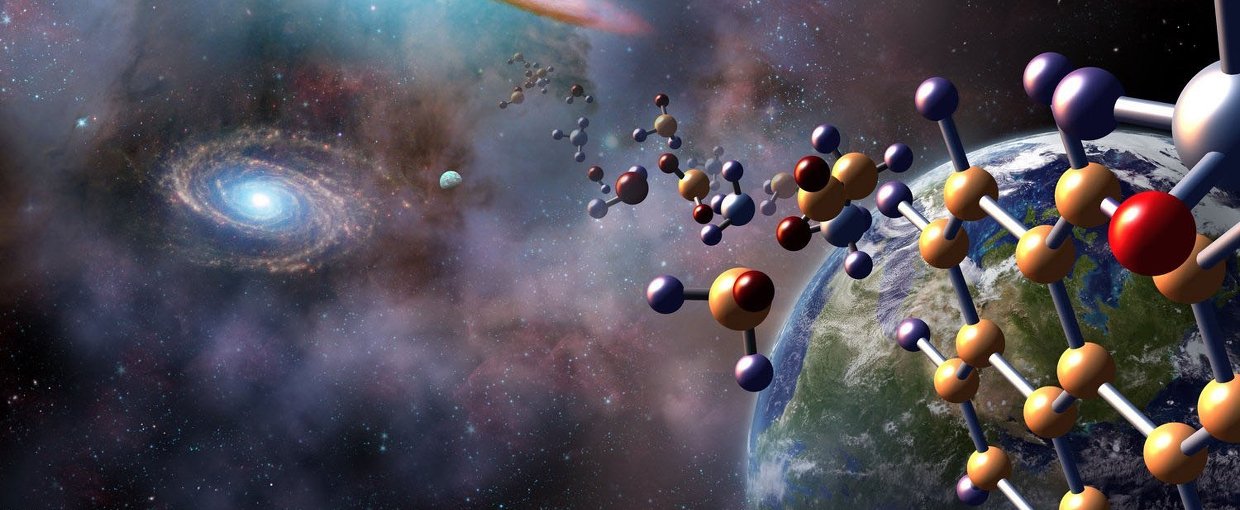
Long considered the “low-rent district” of the Galaxy, there has been a resurgence of interest in the habitability of planets around M dwarfs. As we better understand the nature of the planet–star interactions that affect habitability, many of the initial concerns, including the effects of tidal locking and stellar activity, have been lessened, although issues such as atmospheric retention against stellar winds remain. However, despite the potentially hostile complications associated with orbiting an M dwarf, planet detection techniques are more sensitive to smaller planets around smaller stars. It is likely that the first nearby potentially habitable terrestrial planet amenable to spectroscopic follow-up by missions such as the James Webb Space Telescope will be found orbiting an M dwarf in our Solar neighborhood.
To prioritize observational targets and to best interpret the data returned by these planet characterization efforts, it is therefore important to better understand the factors that may affect M dwarf planet habitability. Compared to other planetary host stars, the M dwarf habitable zone is extremely close to the star. Consequently planetary habitability is strongly influenced by both stellar radiative and gravitational interactions. The radiative effects include interactions of the planet’s atmosphere and surface with the M dwarf’s cooler, redder spectrum and with the stellar activity often found in these stars. These interactions can affect planetary climate, atmospheric chemistry and lifetime, and surface UV fluxes, providing a direct impact on planetary habitability and the detection of biosignatures. Gravitational interaction with the parent star can result in tidal locking and synchronous rotation, and tidal effects can deposit gravitational energy from the star into the planet, with large scale consequences for the planetary environment. In this presentation I will review our understanding of stellar interactions with the atmospheres and interiors of M dwarf planets, and how these interactions affect planetary habitability and the detection of biosignatures.
 A Talk With Jim Green
A Talk With Jim Green What Can Extant Genomes Reveal About Early DNA Metabolism?
What Can Extant Genomes Reveal About Early DNA Metabolism? What We Talk About When We Talk About Earth's Oxygenation
What We Talk About When We Talk About Earth's Oxygenation Bowling With Astrobiologists: A Twisted Path Toward the Origin of DNA
Bowling With Astrobiologists: A Twisted Path Toward the Origin of DNA